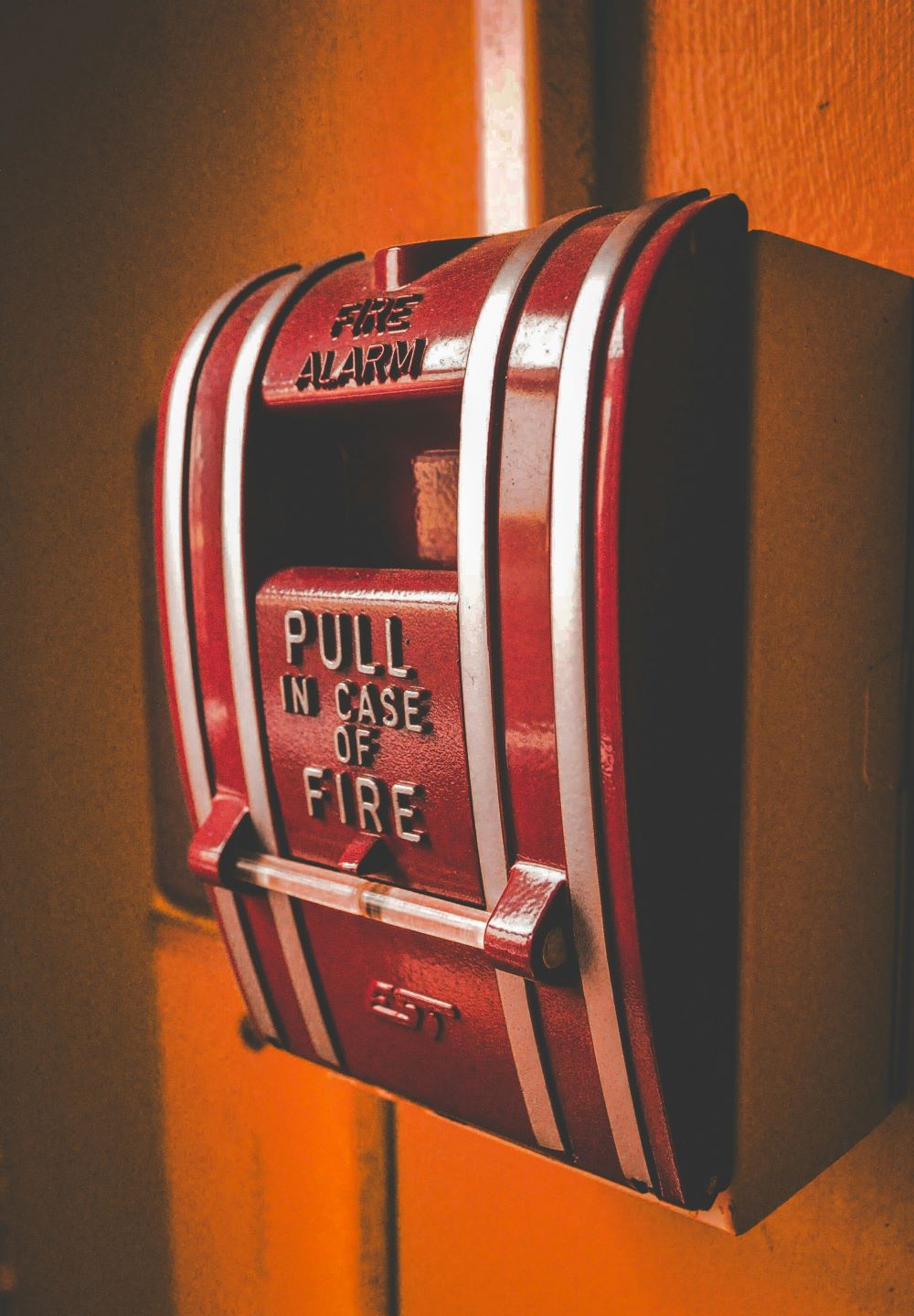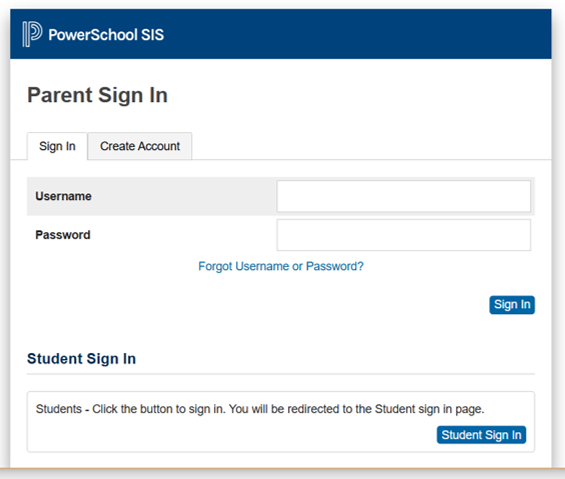To keep the Washington Latin community safe, we prepare for a variety of potential emergencies. This Explainer outlines how we train for these possibilities, including regular drills, so our faculty and students know what to do in the event of a real emergency.
Safety is our number one priority.
Our first priority is always the safety and well-being of your children while they are in our care, and we thus make emergency planning and drilling a priority.
We are responsible for the safety of our students and faculty, which we take very seriously. This means we must be prepared for a range of emergencies. Leadership stays informed about best practices and often consults with DC and national safety experts. We train our faculty each year in our procedures to clarify their roles and ensure they can help students respond. We schedule drills to help our community practice what to do in case of an emergency.
There are many kinds of emergencies, but we have a few basic responses to keep our community safe, outlined below.
Evacuation
In the case of a fire, internal gas leak, or any other emergency that would make the school building unsafe, we evacuate students from the building. We practice these procedures regularly as monthly “fire drills.” Students and teachers leave the building when the alarm sounds, heading outside at a safe distance to line up with their advisory groups. We count to make sure all students are accounted for, then return to the building and resume classes.
Reverse Evacuation
When there is potential danger in the area and students are outside, we “reverse evacuate,” also known as returning everyone to the building. Examples of reasons for this procedure include police activity in the neighborhood, dangerous weather, etc.
Shelter-in-Place
This procedure means that students and faculty stay in the building and continue regular class, avoiding going outside for any reason (recess, gym class, dismissal) until the danger or potential danger has passed. Examples of times to shelter in place include severe weather or police activity.
Lock-down
Lock-down describes the procedure when there is an internal threat, such as violence, and evacuating students and faculty is not safe. The procedures of this drill include an alarm notifying students and faculty to “lock, block, and hide.” Students and faculty lock the door, block it with furniture, turn off the lights, and hide out of sight in the room. A second announcement will come a few minutes later to indicate that the emergency phase is complete and to begin the “accounting phase” during which teachers will take attendance. During the accounting phase, students and teachers remain in their classrooms but can move about freely and continue with the school day. The drill is then complete and classes resume as normal. In total, the process will take about 20 minutes.
DC public schools, including Washington Latin, are required to have at least one such drill every year. This kind of drill can be upsetting to some students, and so we generally tell our community about when we will conduct the first lock-down drill. This allows parents to talk to their children in advance, as we do for students who might find it difficult or upsetting. We will also let you know when the drill is complete. Please watch for announcements about lock-down drills for each campus during the fall.
While these drills might cause some anxiety, we know that they are necessary to ensure that we all are prepared in case of an actual emergency. We ask that students take these drills seriously and pay close attention to their teachers’ directions.
Families will be notified in advance of the first lock-down drill of the school year, so they are aware and can discuss the drill and its purpose, as needed, with their children.



